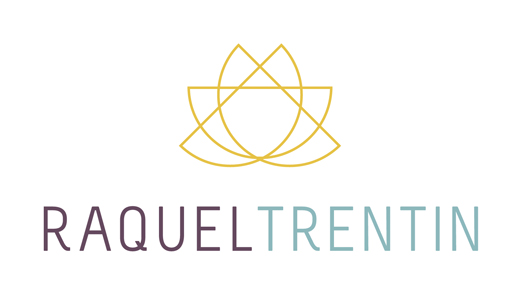Scheduling Agreement without Release: What You Need to Know
In the world of procurement and purchasing, a scheduling agreement without release may sound like a complex and technical concept. However, it is an essential component of managing and optimizing supply chain operations.
A scheduling agreement is a type of purchase agreement between a supplier and a buyer. It outlines the terms and conditions of a delivery schedule, including the quantities and delivery dates of goods or services. Scheduling agreements are typically used for long-term procurement planning and are beneficial for both parties as they allow for stability and predictability in the supply chain.
A release, on the other hand, is a document generated by the buyer to request delivery of goods or services from the supplier. A release specifies the exact quantities to be delivered on a specific date and is typically used for short-term procurement planning.
In a scheduling agreement without release scenario, the buyer and supplier agree on the delivery schedule but do not use a release to specify the exact quantities and delivery dates for each shipment. Instead, the supplier is responsible for delivering the agreed-upon quantities on the specified dates, based on the terms and conditions outlined in the scheduling agreement.
One of the main benefits of a scheduling agreement without release is that it simplifies the procurement process. The buyer does not need to generate releases for each delivery, which can be time-consuming and prone to errors. Instead, the supplier can focus on fulfilling the delivery schedule as agreed, which can lead to better efficiency and cost savings.
However, scheduling agreements without release do require careful management and monitoring. The supplier must ensure they have the necessary resources and capacity to fulfill the delivery schedule, and the buyer must monitor the supplier`s performance to ensure that deliveries are made on time and in the agreed-upon quantities.
In addition, a scheduling agreement without release may not be suitable for all types of goods or services. It is typically used for standardized, repetitive items that are easy to forecast and plan for. For more complex or custom items, a release-based procurement approach may be more appropriate.
In conclusion, a scheduling agreement without release is a valuable tool for managing long-term procurement planning. It simplifies the procurement process and can lead to improved efficiency and cost savings. However, it requires careful monitoring and management to ensure successful execution. As with any procurement strategy, it is essential to consider the specific needs of the organization and choose the approach that best meets those needs.
